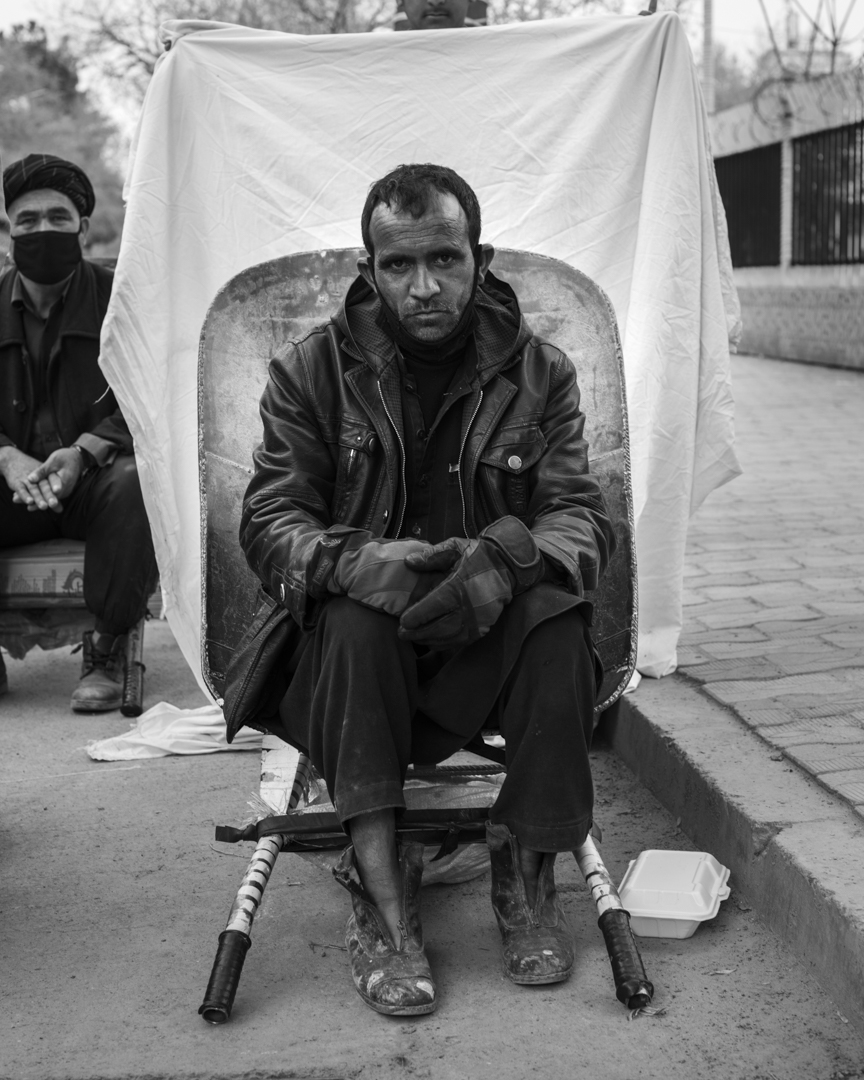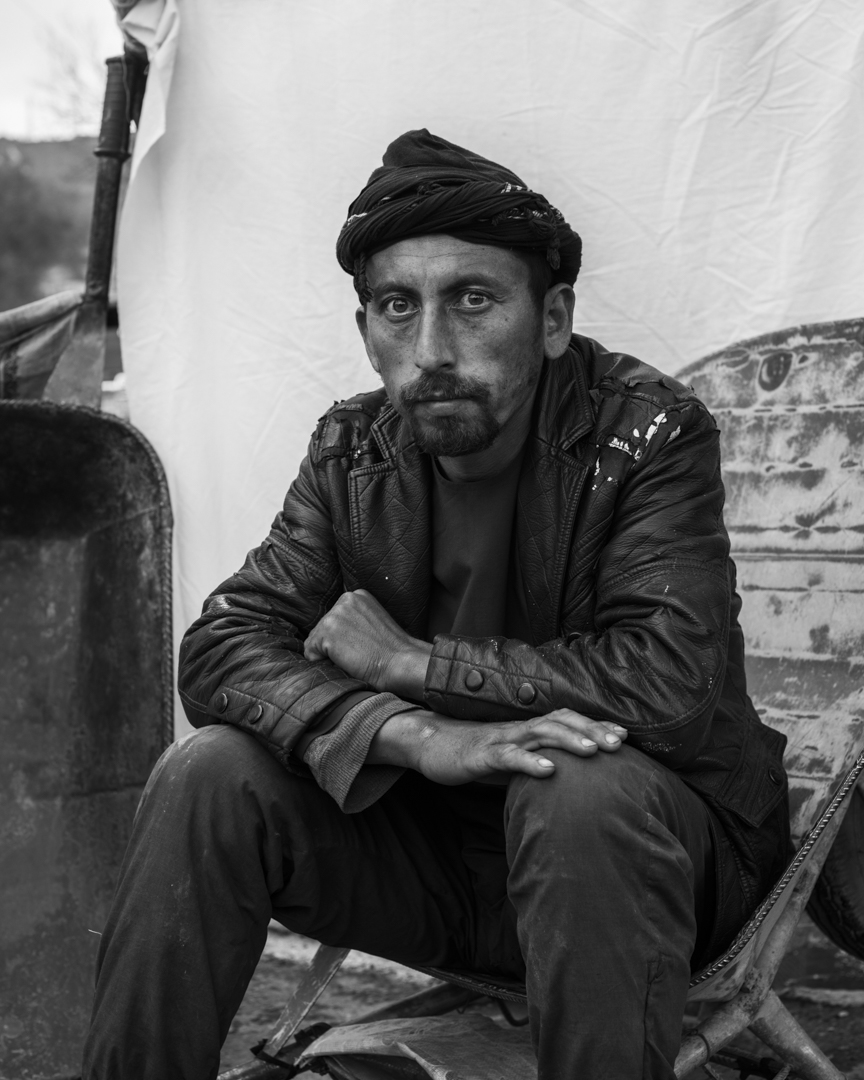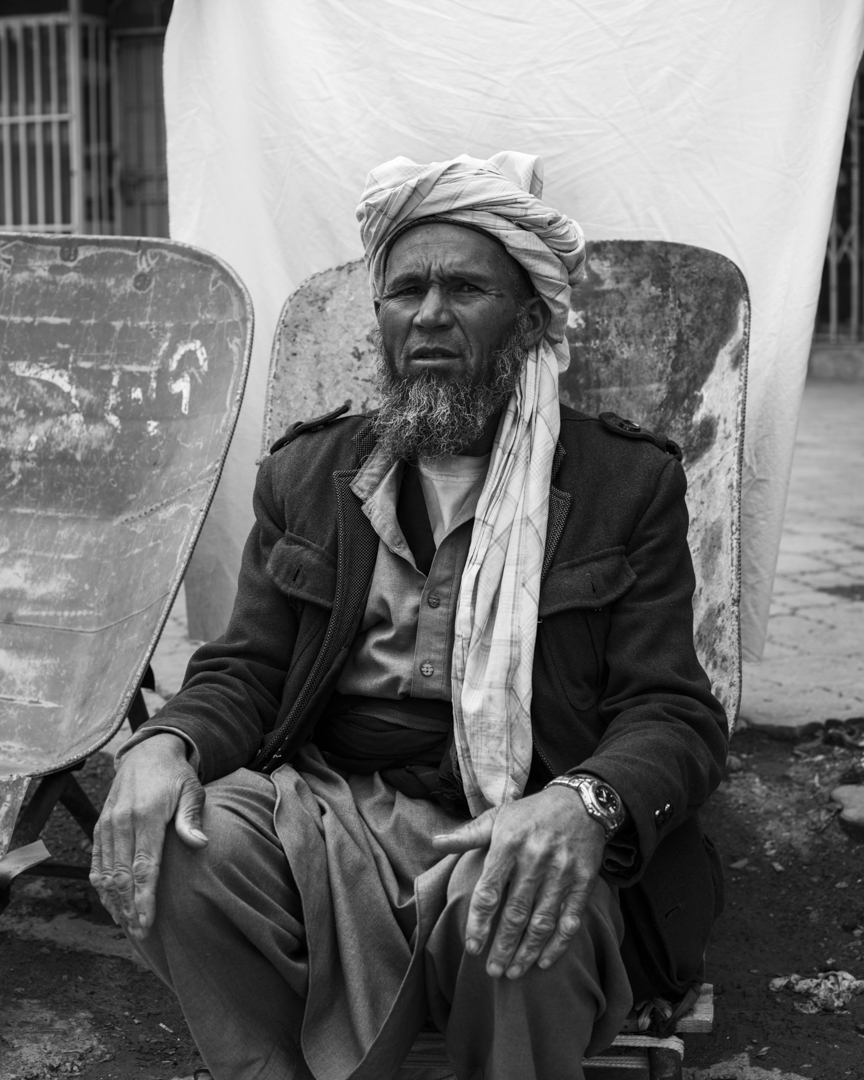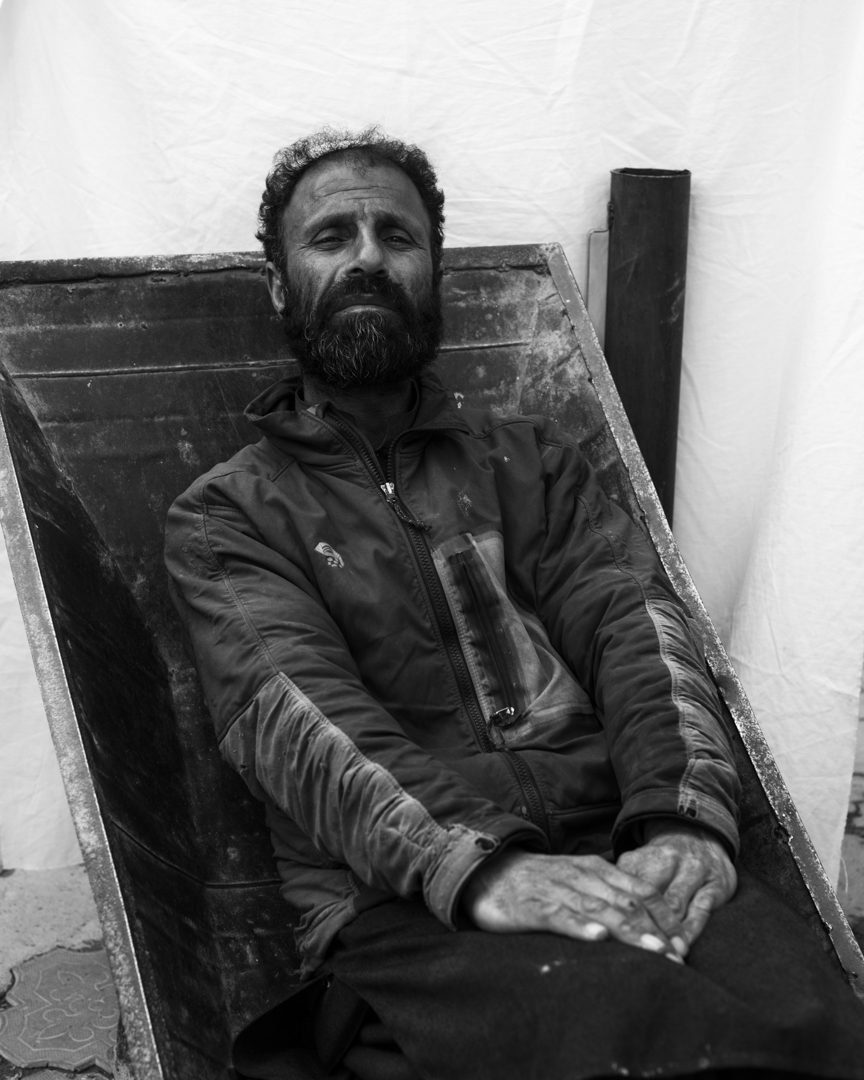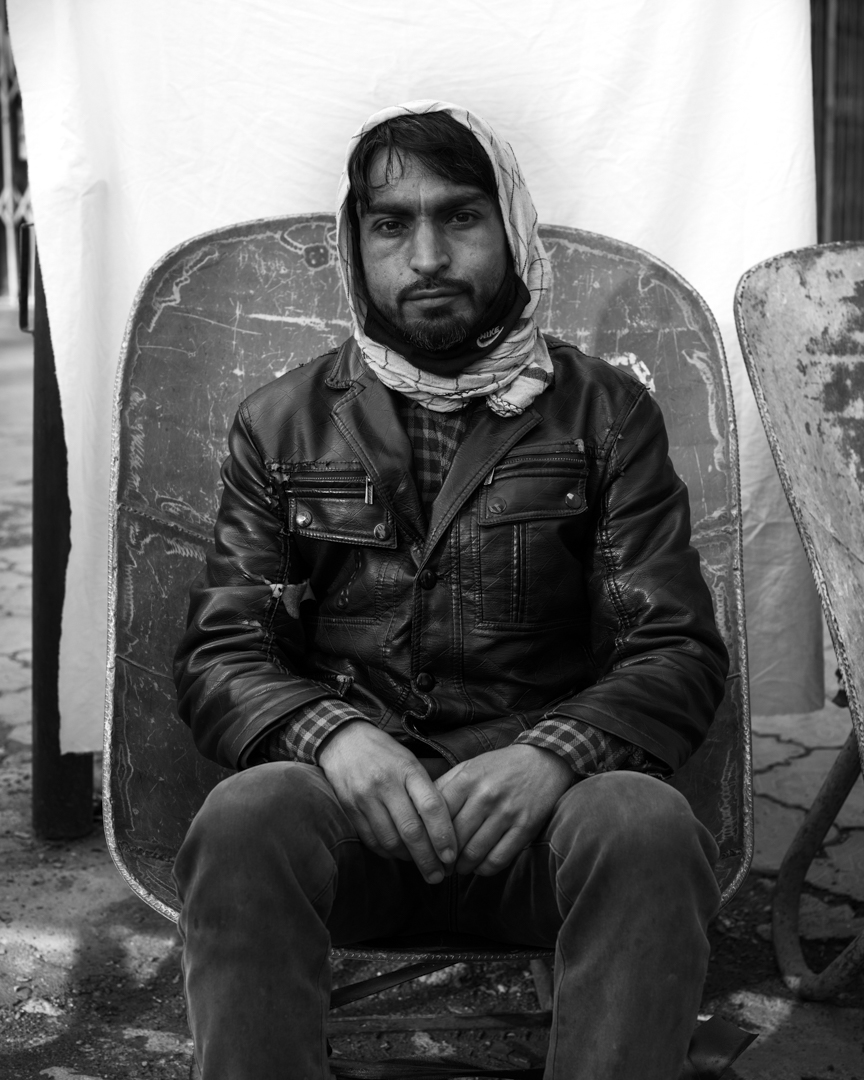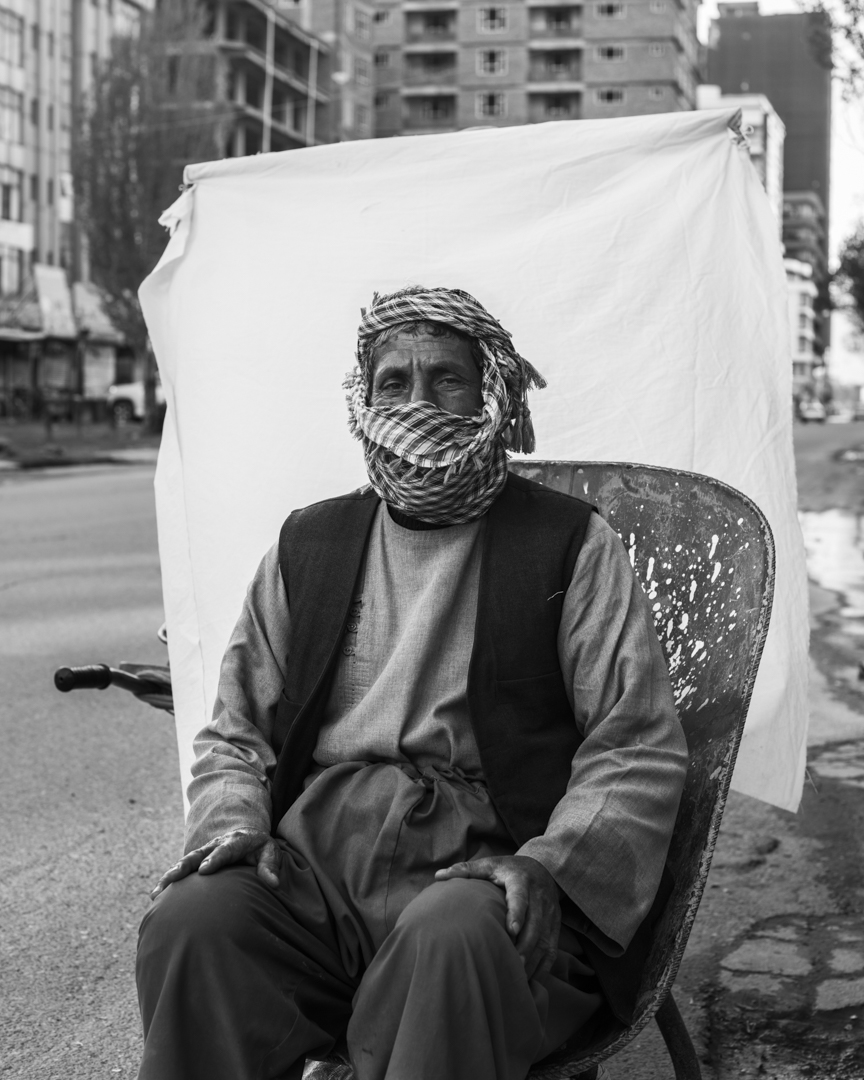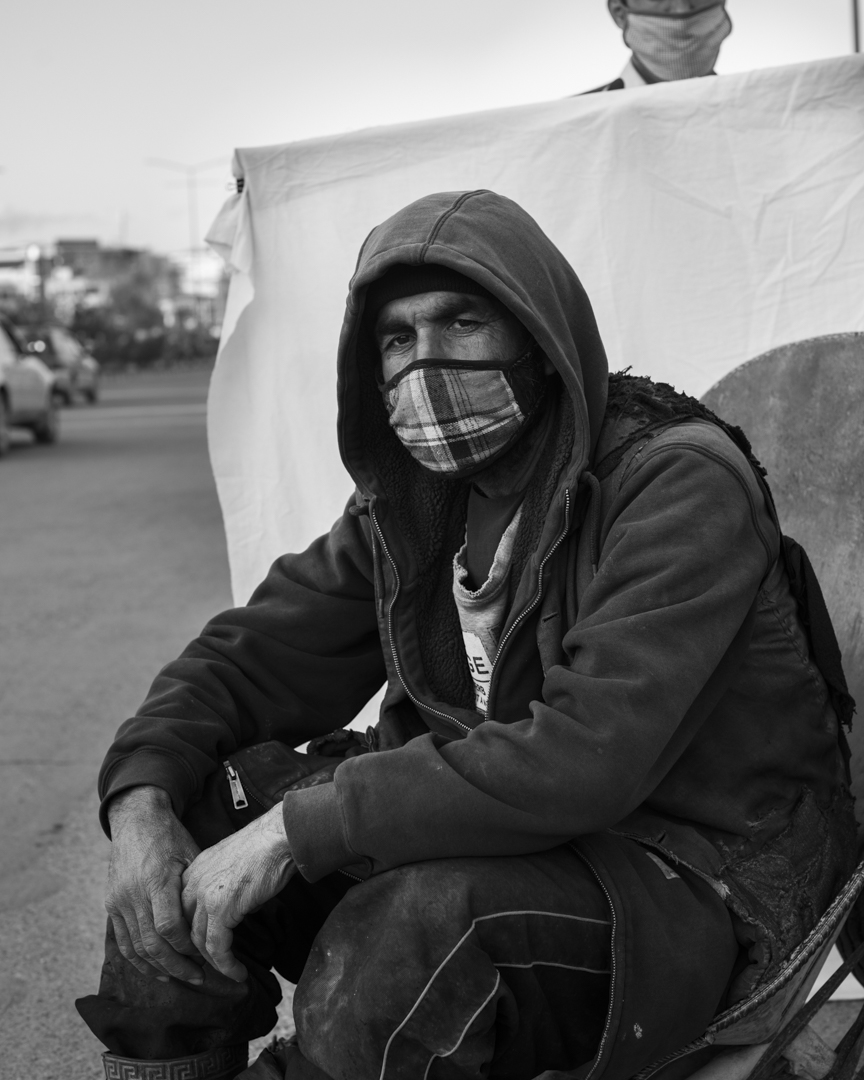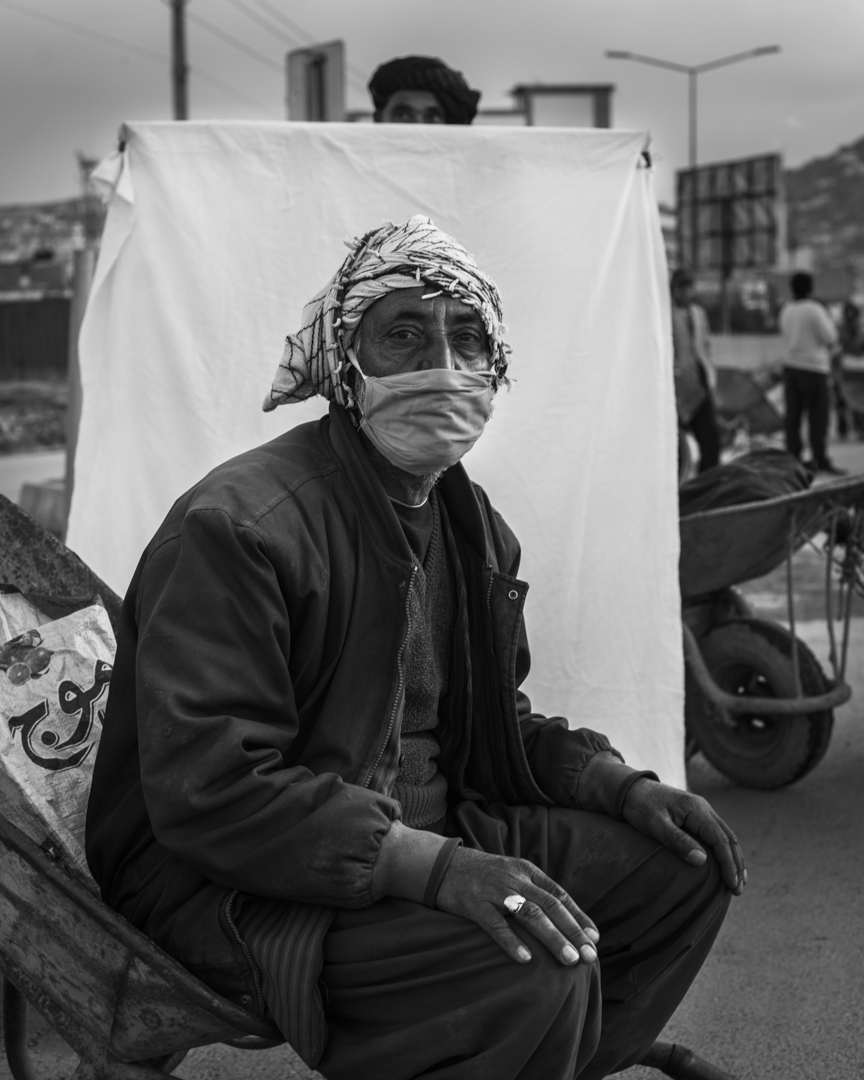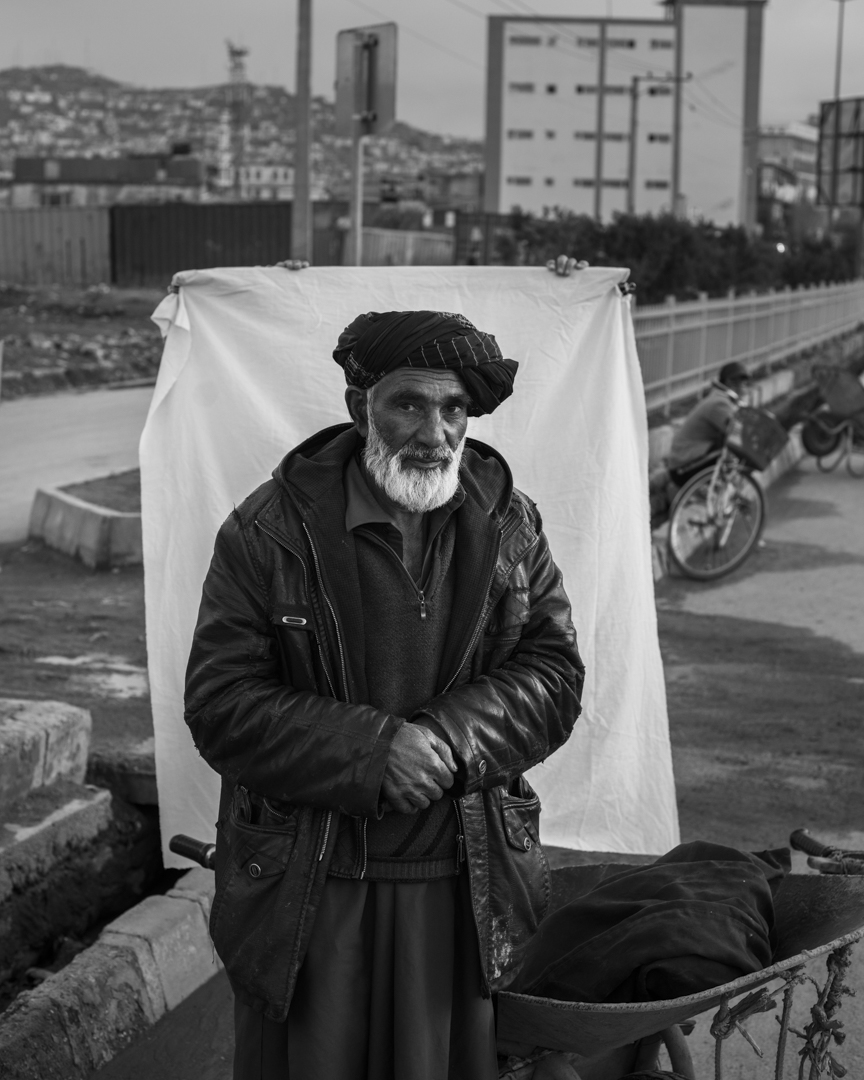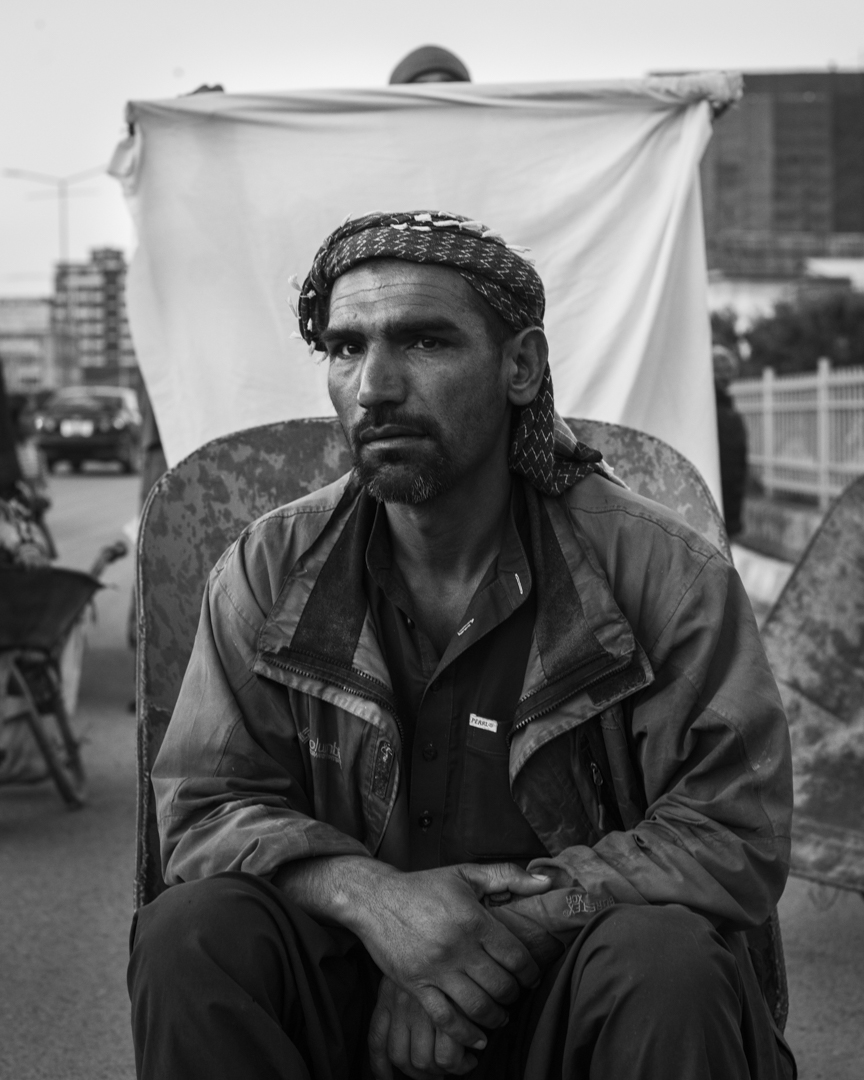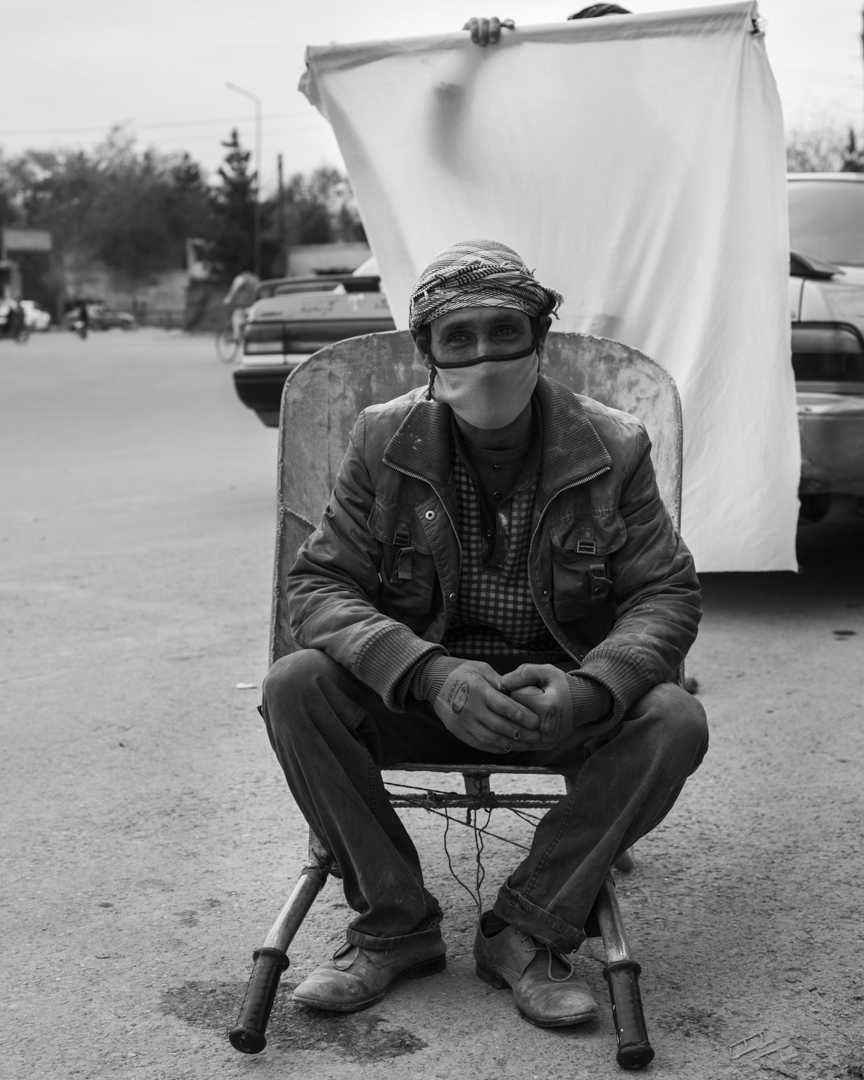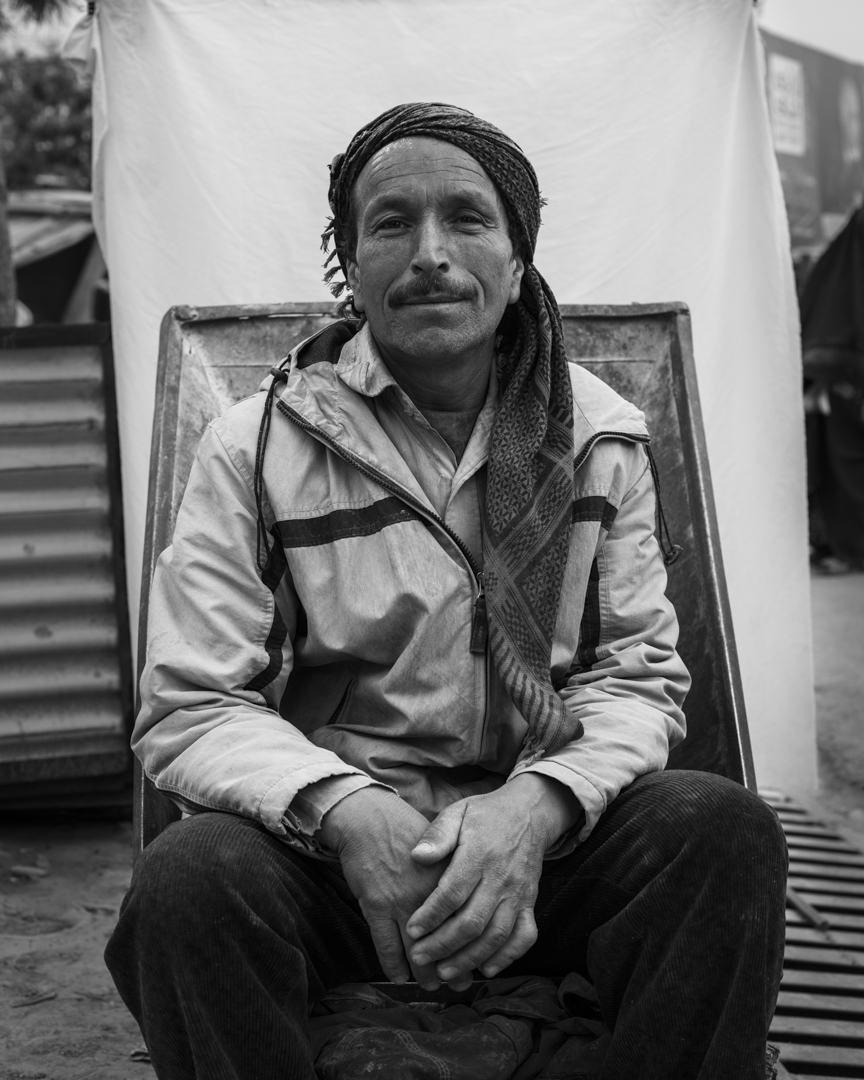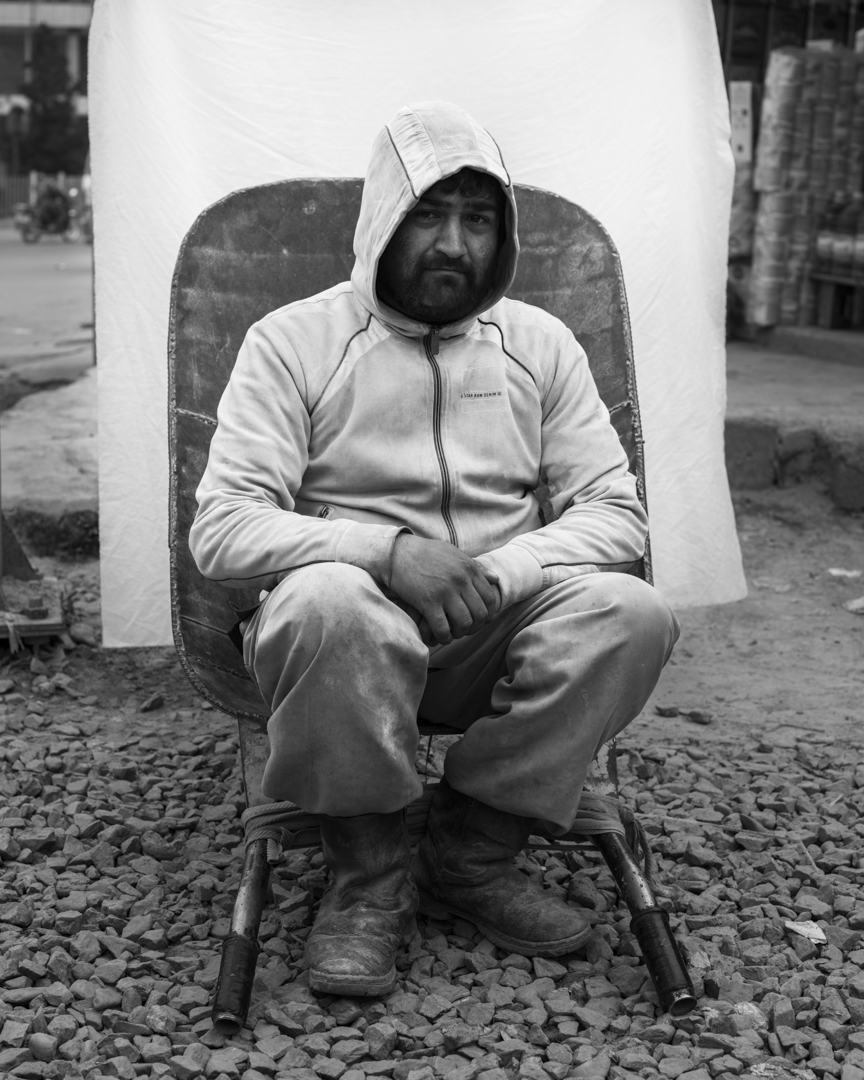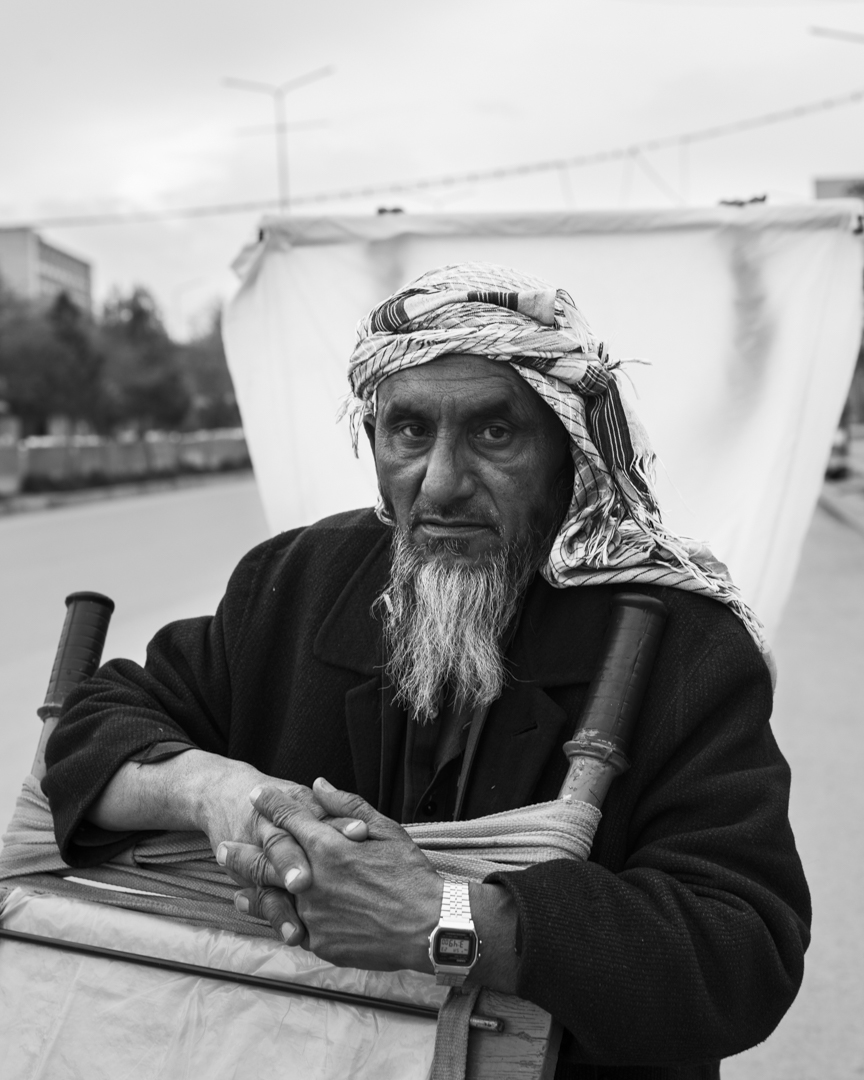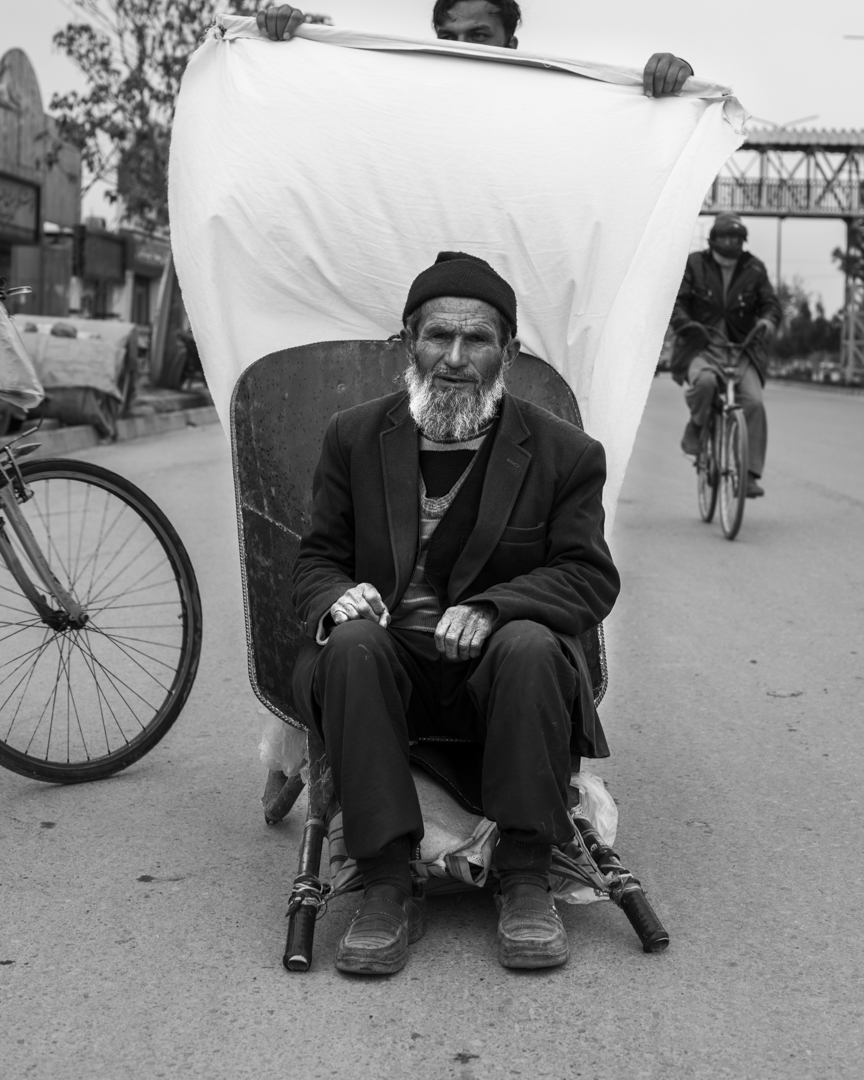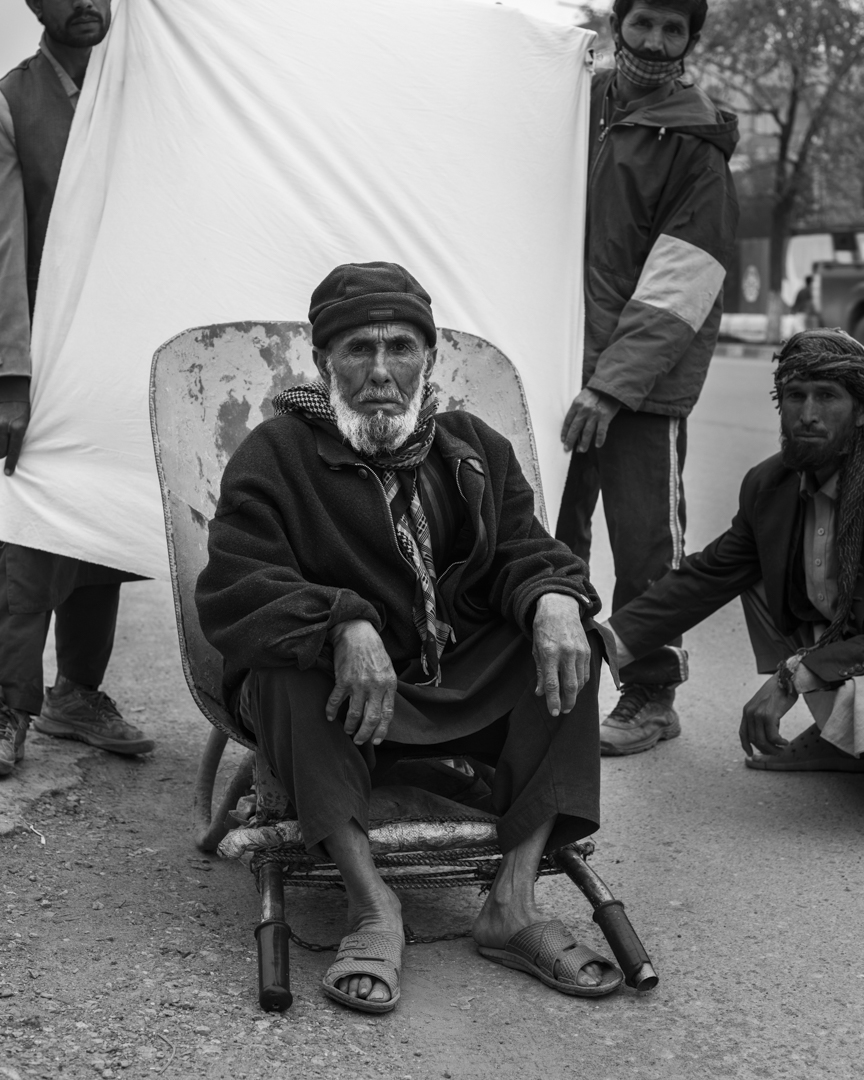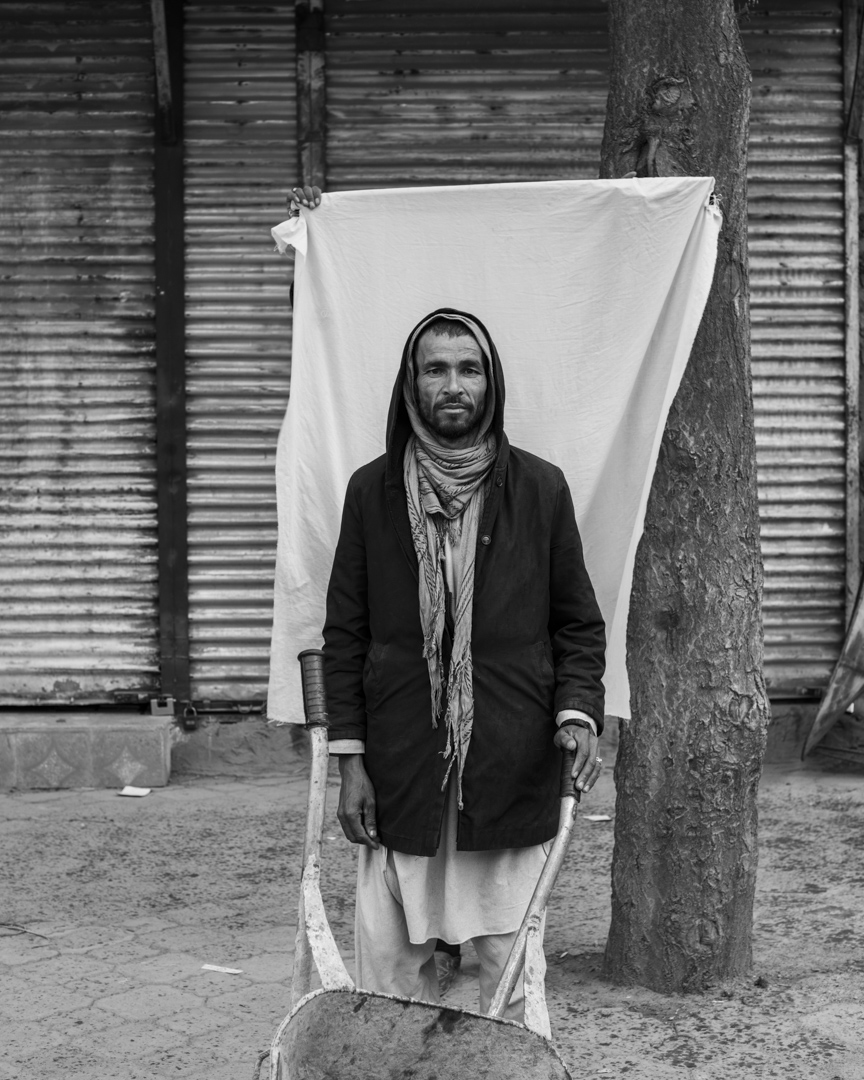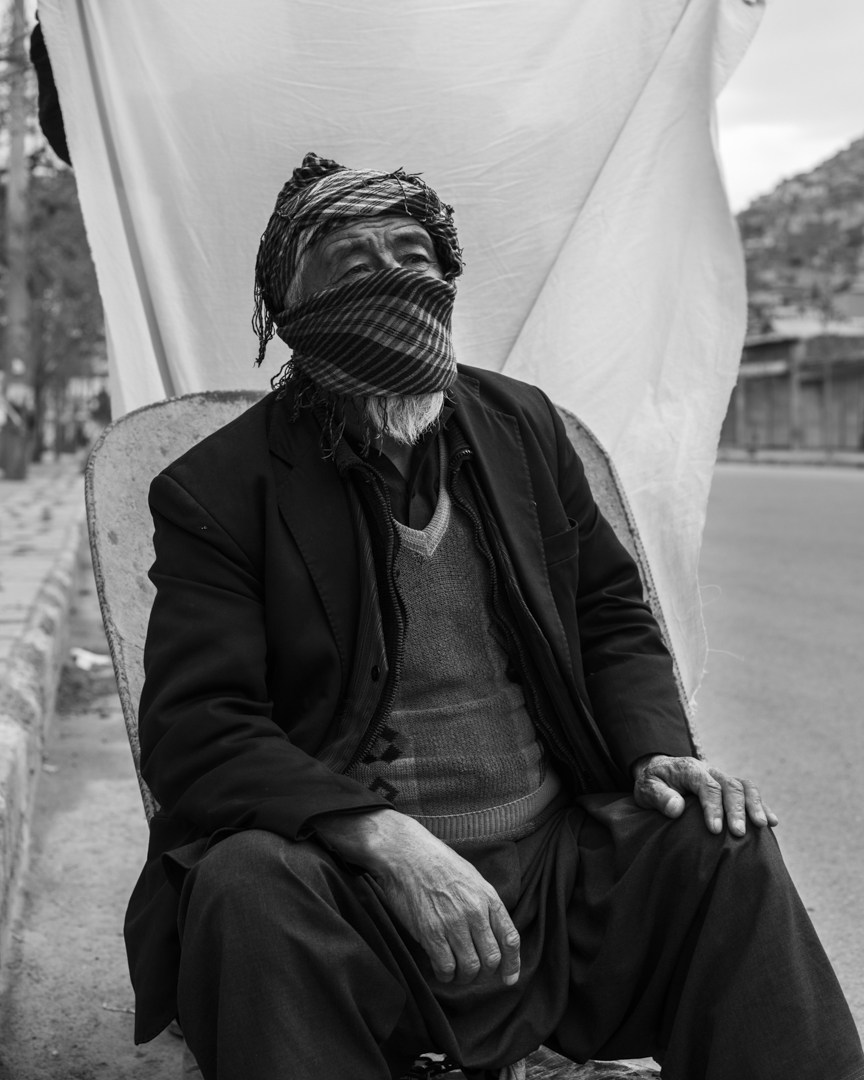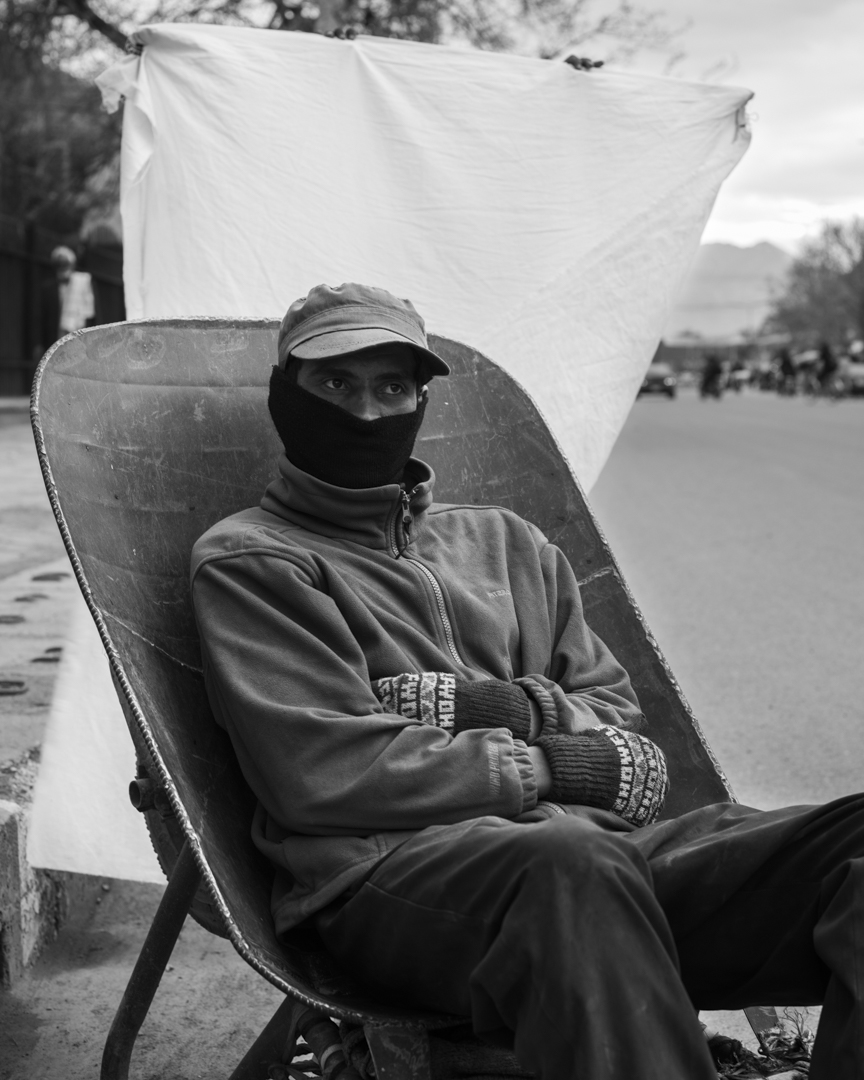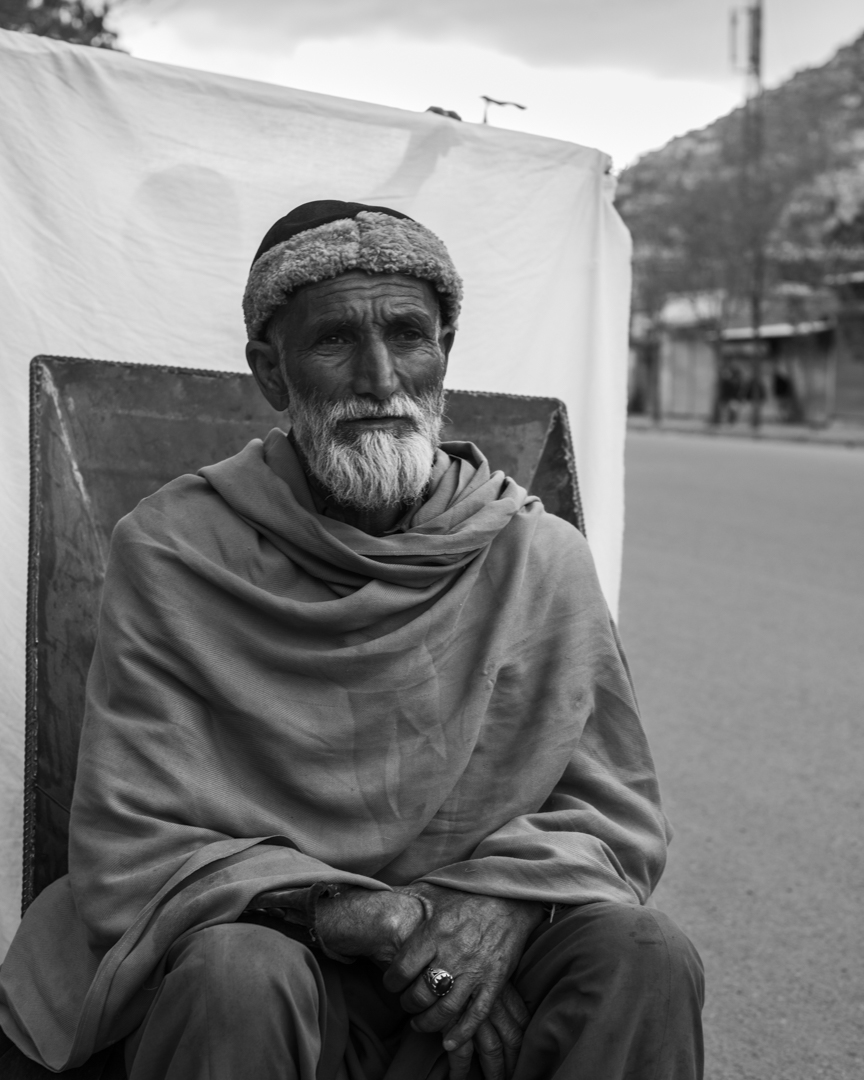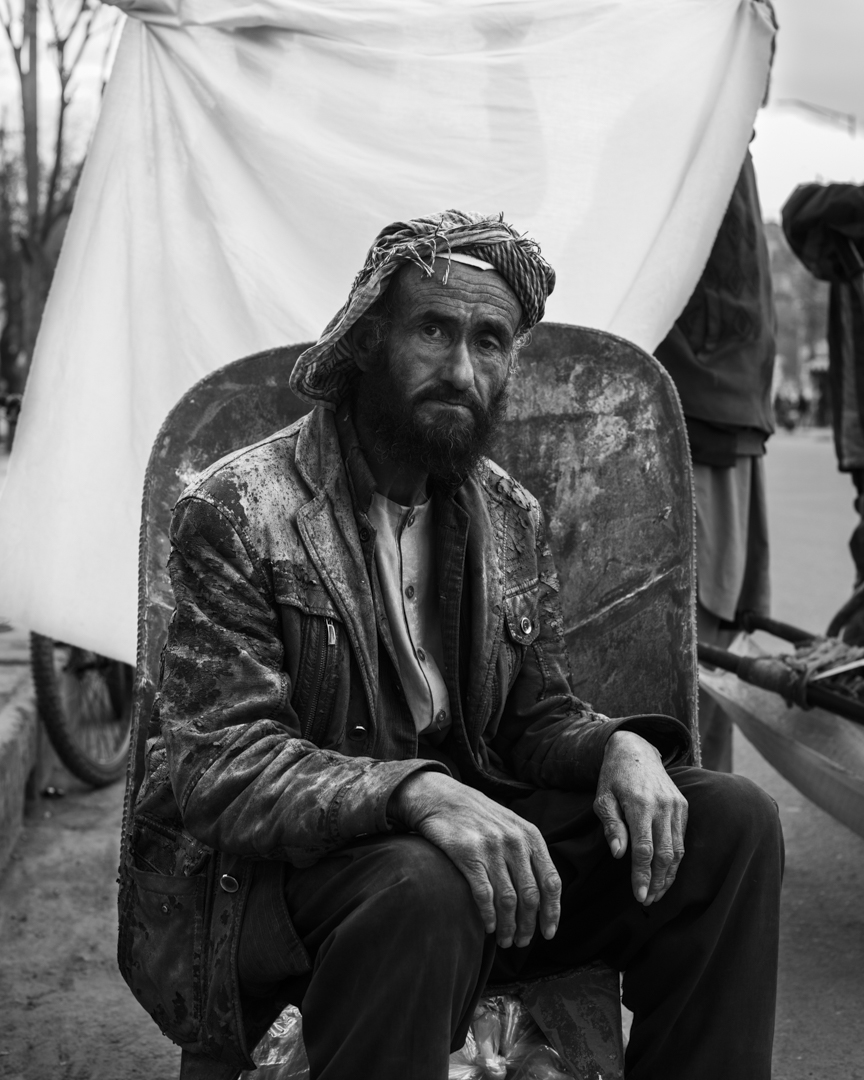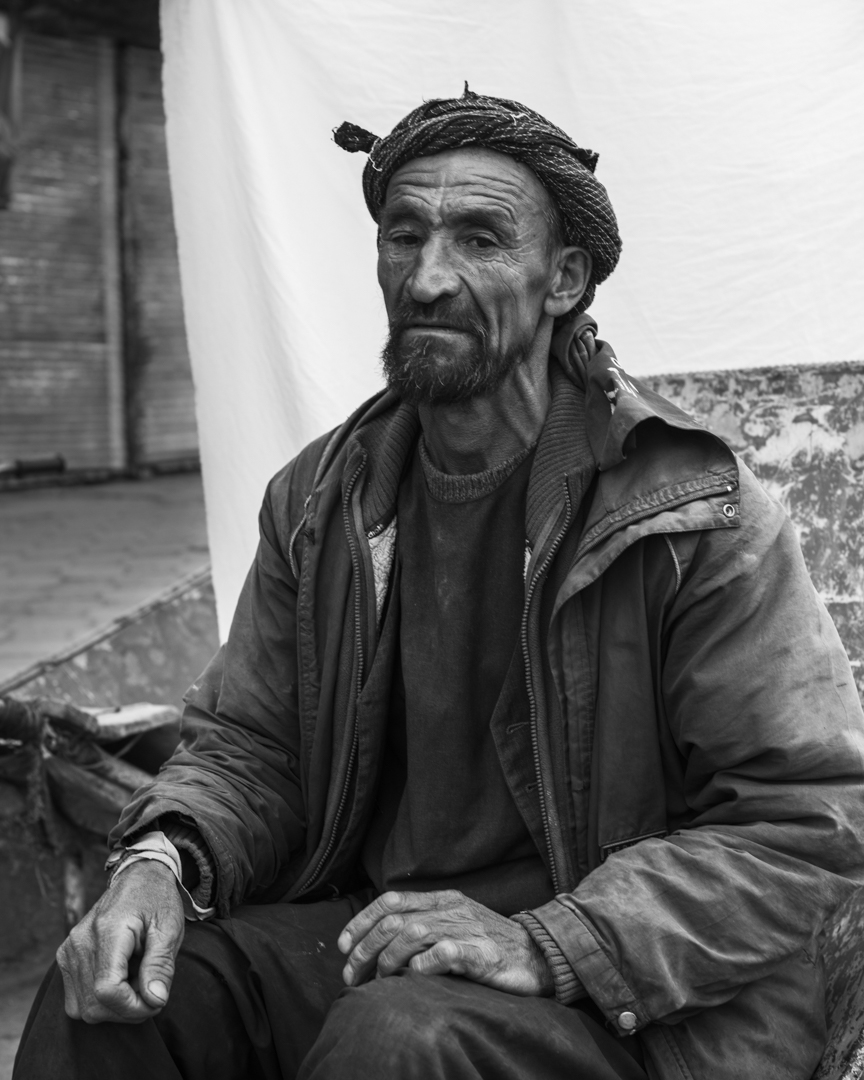Covid 19: Workers in Kabul’s Streets, 2020
Amid the impending threat of the spread of the coronavirus pandemic in Afghanistan, on March 28, a ‘measured lockdown’ was imposed on the capital, Kabul. All non-essential shops were shuttered, large public gatherings banned and groups gathering in the streets discouraged.
Then, less that ten deaths resulting from the coronavirus had been recorded, countrywide. Although the official tally of cases and deaths was likely much higher because of the lack of testing facilities in the country at the time (there were only two functioning labs at the end of March, with less than 200 confirmed cases of Covid-19 in all of Afghanistan) the government attempted to impose the kind of restrictions on movement that had proved effective in preventing the virus’ spread in China and more recently, Italy.
According to The Afghanistan Living Conditions Survey, a joint study published in 2018 by the European Union and Afghanistan’s Central Statistics Organization, the national poverty rate rose from 38 percent in 2011-12 to 55 percent in 2016-17. That means that more than half of Afghans live on less than US$1 per day.
Further to that, an April 2019 World Bank report on Afghanistan stated that “Poverty is estimated to have increased and deepened. The rate of economic growth substantially lagged population growth, leading to declining per capita incomes.”
Kabul’s unskilled workers, many of whom provide cheap manual labor for between 300 and 400 Afghani per day (US$4 – 5), or, like those photographed in this series of portraits, use wheelbarrows to ferry groceries from bazaar to vehicle or home for shoppers for between 150 and 400 Afghanis per day (US$ 2 – 5), are now almost entirely without work. With the imposition of Kabul’s lockdown, most have gone from unskilled workers to destitute and looking for handouts, overnight.
